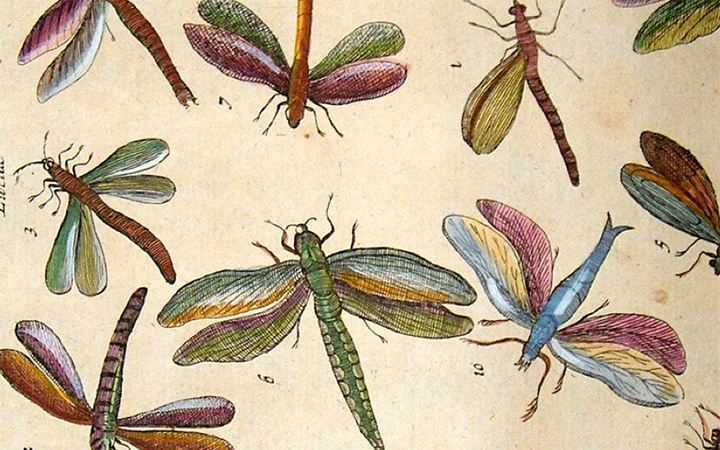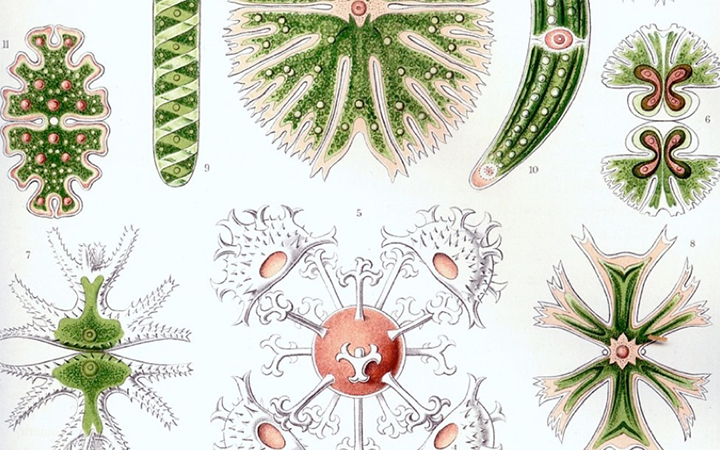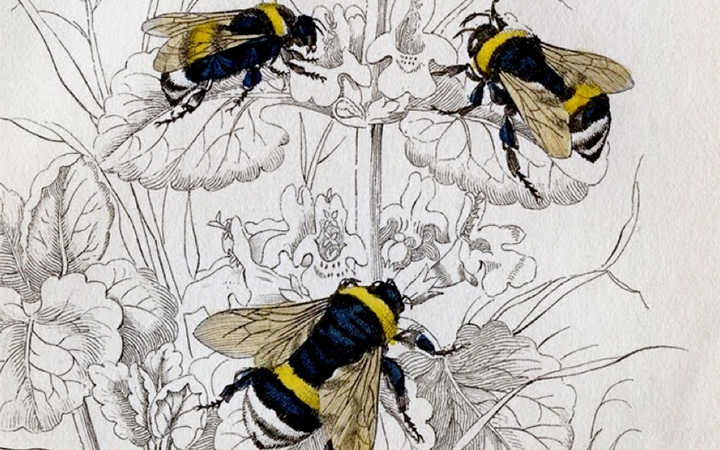United Kingdom Vintage Deck
2014 – (See Cards | Deck Info | Download | Purchase)…
All organisms collected depict common flora and fauna found in the United Kingdom. This is a DIY 60 card STARTER deck that collects vintage biodiversity related illustrations that predate 1913 (at least one hundred years old). Most come from wiki commons or the Biodiversity Heritage Library, where copyright status appears clear. Note that if an image used are breaking copyright status, please contact db@mail.ubc.ca so that we can remove the image.

Dragonfly
Anisoptera Infraorder


7 POINTS
Play: The Dragonfly has a FLIGHT of 2.
Fact: In general, large dragonflies have a maximum speed of 10 to 15 metres per second (22 to 34 mph.)

Phytoplankton
Desmidiales Order


2 POINTS
Fact: Desmids are a type of green algae. They assume a veriety of highly symmetrical and attractive shapes.

Phytoplankton
Diatom Order


2 POINTS
Fact: Diatoms belong to a large group called the heterokonts, including both autotrophs and heterotrophs

Robin
Erithacus rubecula


2 POINTS
Play: The Robin has a FLIGHT of 2.
Fact:bThe avian magnetic compass of the robin has been extensively researched and uses Vision Based Magnetoreception.

Red Squirrels
Sciurus Vulgaris


5 POINTS
Play: The Red Squirrel has a MOVE of 2.
Fact: In Great Britain, Italy and Ireland, numbers have decreased drastically in recent years.

Large Earth Bumblebee
Bombus terrestris


4 POINTS
Play: This Bumblebee has a FLIGHT of 2.
Fact: The Large Earth Bumblebee can navigate its way back to the nest from a distance as far away as 8 miles.